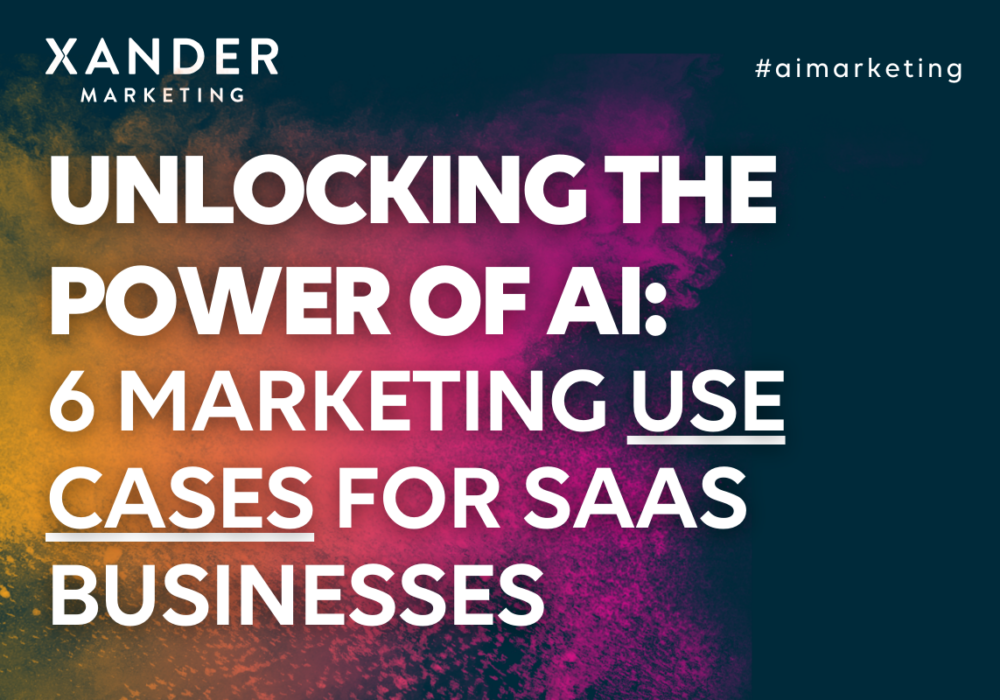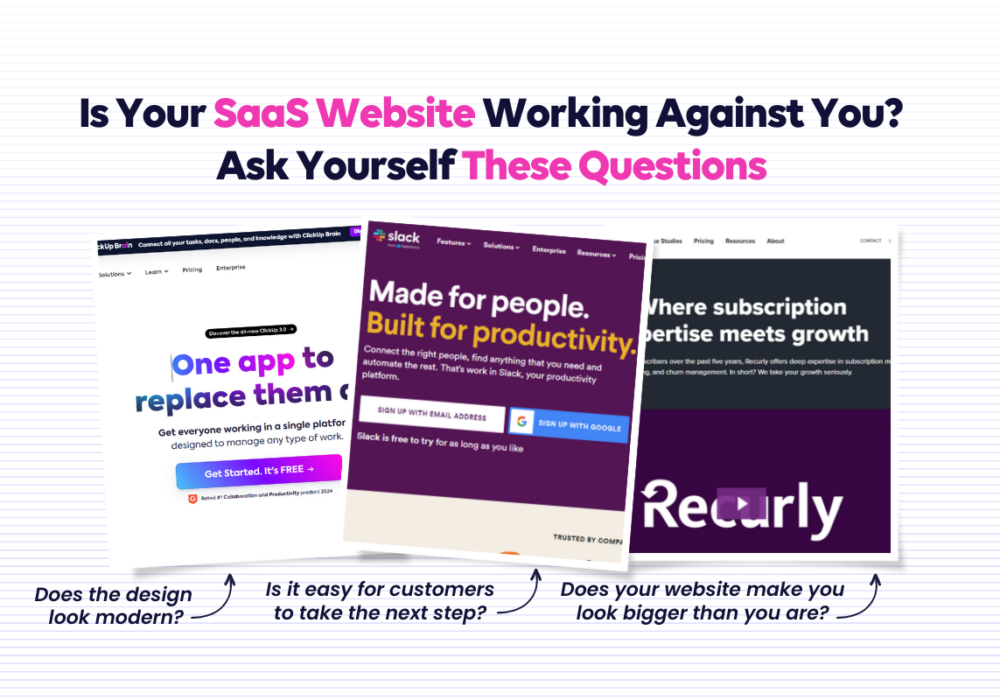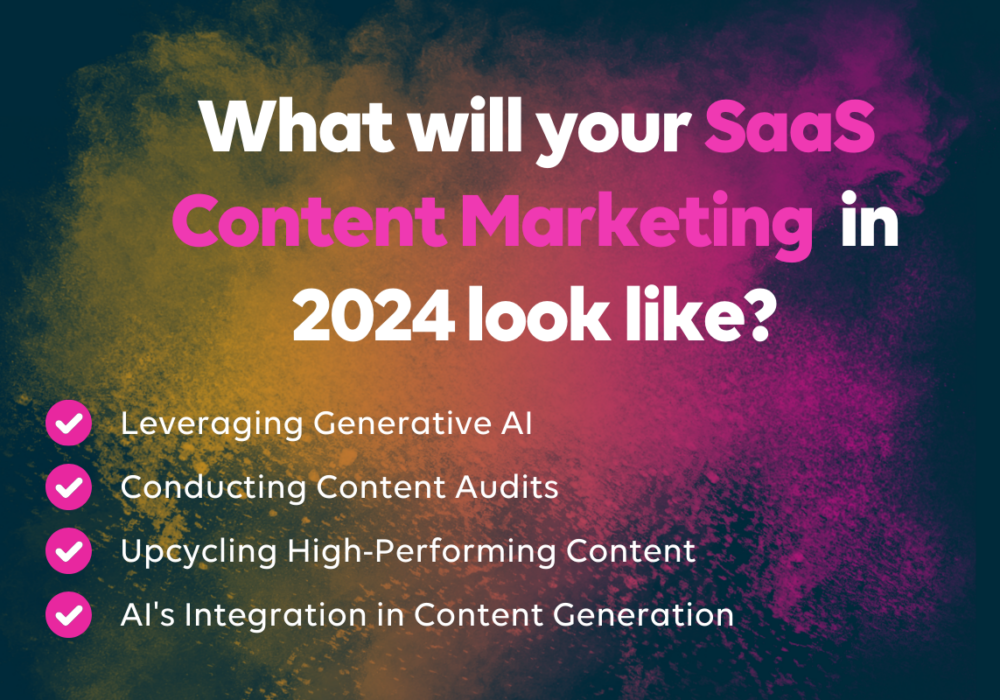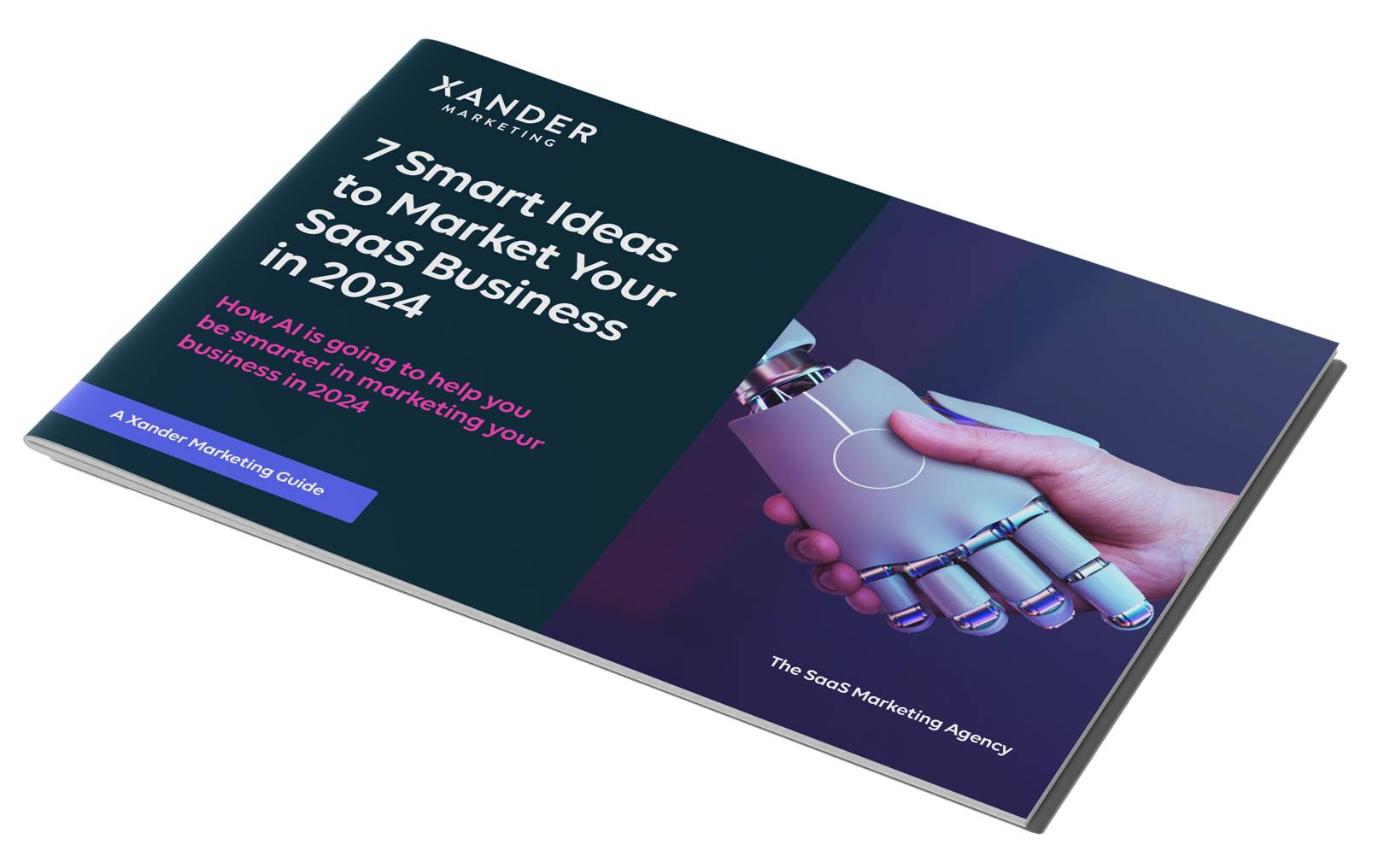What benchmarks should you be aiming for in your SaaS marketing?
6th January 2023

Before starting a journey, you need to know where you’re starting from and where you’re going. The same is true for embarking on a marketing journey: you need to understand how your business is doing and what you aim to achieve.
SaaS marketing benchmarks provide a logical way to compare yourself to industry averages and create realistic goals. Benchmark metrics can help you formulate data-driven targets, which can be used to measure your success ongoingly.
When setting goals for your business, you may face an exhaustive list of metrics to choose from. The key is picking a small number of metrics to focus on, which can easily be tracked, measured, and compared to benchmarks.
Read on to discover some of the key metrics for benchmark analysis and current B2B SaaS marketing benchmarks across the industry.
CAC to LTV
- CAC varies significantly from company to company, but many business owners agree on a ratio LTV (Lifetime Value)/CAC of 3:1 or higher. This means that for every £1 spent on marketing to new customers, you want at least £3 back on your investment.
- A more nuanced study breaks down the CAC:LTV ratio by SaaS industry, based on a rolling 3-year average from B2B SaaS companies. Business services see the lowest benchmark of 3:1, while marketing sees the highest of 10:1.
- CAC accounts for the financial impact of churn in terms of the cost of replacing the subscriber. A lower CAC puts less pressure on churn.
Factors to consider
- Be patient! Your company may have just started investing in a new region or increased spending on long-term marketing tactics like content marketing. In either case, these processes will take a while to filter through and increase your customer acquisition numbers.
- Consider context. The CAC metric is only helpful if you compare it with your LTV. Let’s say you have a £100 CAC, and a new customer spends £100 in year one with plans to spend the same amount in future years. This looks like a healthy return initially, but if you cannot retain that customer, there will be problems further down the line – especially as it costs more to acquire a new customer than it does to keep a current client.
- Get granular. Ideally, you want to know the CAC for each of your marketing channels so that you know where your costs are lowest and can allocate budgets accordingly.
Website conversion rates
- This metric considers the percentage of website visitors who convert to customers. This can tell you how successful your content and UX are at guiding quality leads toward conversion.
- For SaaS businesses, 3% is an average figure for visitor-to-lead conversion, with 5% cited as the figure to aim for.
- Userpilot gives a more optimistic ballpark figure of 7%, with anything between 5% and 10% considered to perform well.
- This figure can include both sales-qualified leads and marketing-qualified leads. The qualification rate is 36%, and the closing rate is 27%.
Factors to consider
- What counts as a conversion? Someone starting a free trial or booking a demo is a better lead than a white paper download, though both should be accounted for. Consider further breaking down your website conversion benchmark into qualified leads, lead-to-trial conversions and trial-to-paying-customer conversions.
- How’s your bounce rate? This can tell you how many people visit your site and leave after exploring a single page. An average bounce rate is around 75% for B2B SaaS. You need to guide visitors further down the funnel if yours is lower.
- The relevance of the traffic coming to your website is also an essential factor. You will have a lower conversion rate if you attract the wrong traffic.
Email marketing
- Mailchimp’s 2022 figures suggest that industry standards for software and web apps show an average of 21.29% for open rates and 2.45% for click-through rates.
- Campaign Monitor reports similar figures for 2022, with average open rates of 22.7% and click-through rates of 2% for the IT, tech and software industries.
Factors to consider?
- Consider your content. If your open rate goals are being met, but your click-through rates need to catch up, the email’s contents may not appeal to your audience.
- Hot or cold? If you’re sending cold emails, these will likely have lower open and click-through rates than emails to an opted-in list. You may need to adjust your goals accordingly.
- Make it personal. Personalised emails are shown to increase open rates across industries, especially when combined with marketing automation for birthday deals, post-purchase follow-ups or promotional emails.
PPC/Google Ads
- In 2021, a study found an average pay-per-click (PPC) ROI across industries of 36%.
- A good benchmark to follow for PPC is a 5:1 revenue-to-ad ratio. For every pound spent, ideally £5.00 of revenue should be returned.
- The average CTR for Search Ads is 3.17%, and for Google Display Ads, the average CTR is 0.46% across industries.
- On average, advertisers pay $2.69 per click on Search Ads, while the average CPC for Display Ads is $0.63.
Factors to consider
- Your PPC benchmark will be affected by the platform you are using to advertise, the type of advertising, the target audience, the competitive nature of the keywords, the product you are promoting and the bidding strategy you use.
- Buying ad space for SaaS is expensive, with some keywords seeing prices as high as $100. Google Ads can have high upfront costs, and in the early days, you may even lose money on each customer you acquire as you A/B test your ads and gather data on what performs best.
- Quality over quantity. You need to focus on the type of customer you are acquiring through your PPC to ensure your spending is worthwhile. Fine-tuning your campaign to find high-quality clients will result in a lower conversion rate, but you will benefit from a lower churn rate in the long term.
Organic search conversions
- A 2022 study of organic traffic averages found a monthly average of 21,410 unique sessions for B2B SaaS companies. This represents an annual growth rate of 41%.
- This reflects organic search’s expansion as a channel more generally: 53% of all trackable website traffic is sourced from organic search, exceeding all other channels.
- Over 50% of marketers say keyword rankings and organic traffic are their top metrics for SEO strategy success.
Factors to consider
- Keywords are the key to driving organic traffic and conversion rates, long tail keywords may be better for your SEO than more obscure and general terms.
- While keywords are critical, Google is increasingly concerned with high-quality, well-written and well-organised site content when it comes to SERP. Don’t fall into the trap of keyword stuffing and creating content that’s unpleasant to read.
- Stay clued into Google’s algorithms. Google is constantly adding new SERP features and improving old ones, meaning there are more ways than ever to get your site ranking highly on SERPs.
So what are good SaaS metrics and benchmarks?
You can use many benchmark figures to analyse your company’s performance against SaaS industry standards. However, benchmarking is never as straightforward as it seems, with endless factors that can influence your data. You should be tracking all the channels above to monitor your performance.
It pays to look at the bigger picture, analysing each benchmark in the context of your business’s needs and goals. As you can see from our research, even the major players in SaaS struggle to agree on industry-standard benchmarks – so make sure the ones you track are built around your business.
Effective marketing also needs to be integrated. A poorly set-out email could affect your site traffic and your conversion rates! You will find that each of your benchmarks is affected by the others, so it pays to get to the root of a problem before it affects your sales funnel at every level.
Grow your SaaS business with Xander Marketing
Whether you need support with your marketing strategy or need help driving conversions, Xander Marketing is the proven outsourced partner for B2B SaaS businesses.
With experience working with over 200 SaaS businesses since 2009, Xander Marketing can help you grow your business with scalable MRR, demos and trials.
We’re a perfect fit for B2B SaaS businesses with no in-house marketing or marketing managers who need a delivery partner.
Get in touch now and book your free 30 minute consultation.





